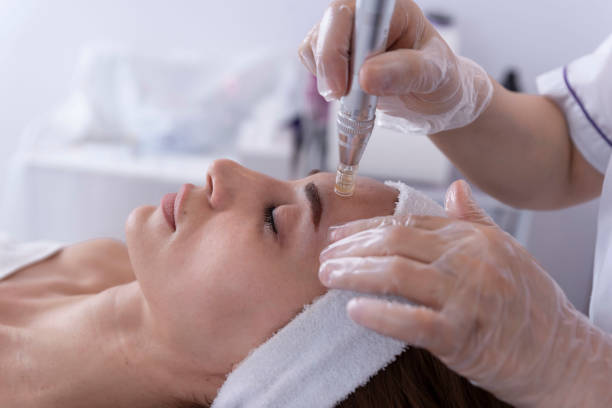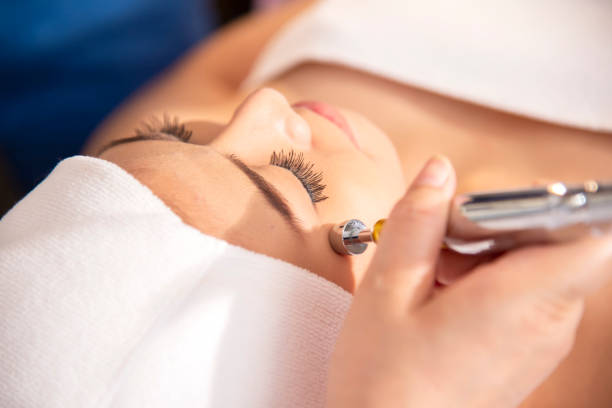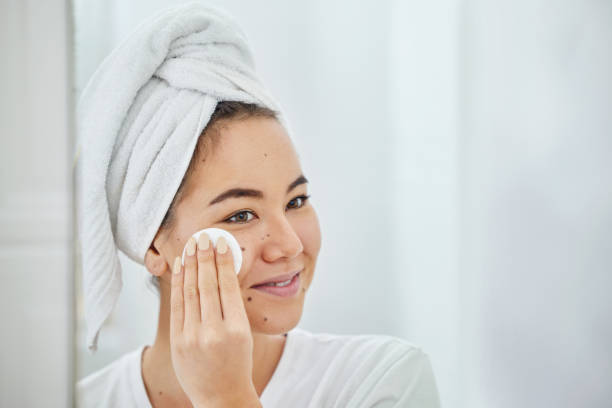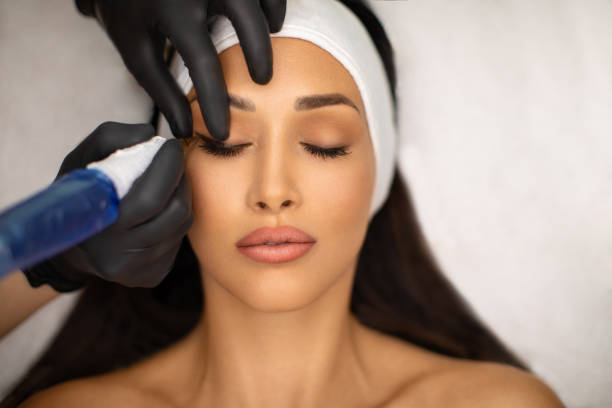The realm of esthetics often goes beyond the surface of skincare, delving into the intricate world of facial musculature. Estheticians are trained professionals who work with a specific set of muscles that play a vital role in the tone, texture, and overall appearance of the skin. In this article, we explore the types of muscles that estheticians focus on during various treatments and how this knowledge benefits their clients. By understanding the structure and function of facial muscles, estheticians can effectively target areas that contribute to signs of aging and expressions, ultimately enhancing the natural beauty of their clientele.
The Role of Facial Muscles in Skincare and Esthetics

Though often overlooked, facial muscles are integral to the vitality of the skin. These muscles, when properly cared for, can greatly influence the firmness and suppleness of the skin, thereby reducing the visibility of fine lines and wrinkles. Estheticians harness this understanding to provide treatments that not only address skin concerns at the surface level but also work deeper to improve muscle tone and facial contour. The harmony between muscle care and skin care is essential for achieving a youthful and radiant appearance.
Key Facial Muscles Targeted by Estheticians
Estheticians pay careful attention to several crucial muscles during facial treatments. These muscles significantly impact facial expressions and appearance, and knowledge of their functionality aids estheticians in tailoring treatments to individual client needs. Here, we highlight some of the primary muscles targeted in skincare practices.
- Frontalis Muscle:
This muscle covers the forehead and is responsible for the elevation of eyebrows and the formation of horizontal forehead lines. - Orbicularis Oculi:
Encircling the eye socket, this muscle controls the closing of the eyelids and contributes to the fine lines known as crow’s feet. - Zygomaticus Major and Minor:
These muscles extend from the cheekbones to the corners of the mouth and are the primary muscles we use to smile, affecting the nasolabial folds. - Orbicularis Oris:
This complex muscle encircles the mouth, contributing to the pursing of lips and the appearance of lines around the mouth region. - Masseter and Temporalis:
These powerful jaw muscles assist in chewing and can become tight with stress, often targeted for relaxation in esthetic treatments.
Non-Invasive Techniques Estheticians Use to Work with Facial Muscles
In the practice of esthetics, several non-invasive techniques are utilized to influence the condition and tone of facial muscles. These methods enhance muscle functionality and, by extension, skin appearance without the need for surgical intervention. The following list includes common strategies employed by skincare professionals.
- Manual facial massages, which promote circulation, relaxation, and lymphatic drainage, are a cornerstone treatment that benefits musculature.
- Electrical muscle stimulation (EMS) is often used to trigger contractions in facial muscles, stimulating them in a manner similar to exercise.
- Microcurrent therapy uses low-level electrical currents to ‘re-educate’ the muscles, effectively toning and lifting the facial structure.
Understanding How Esthetic Treatments Affect Facial Muscles

When esthetic treatments are applied to the face, they can have a profound impact on muscle tone. Techniques such as massages and microcurrent therapy not only cater to the skin’s surface but also go deeper to affect the underlying muscular structure. Consistent treatment can lead to strengthened muscle fibers and increased muscle endurance, contributing to a more contoured and youthful face. Such outcomes highlight the significance of incorporating muscle-focused treatments into regular skincare routines.
The Connection Between Esthetics, Muscle Health, and Overall Wellbeing
Modern esthetics acknowledges the interdependence of facial muscle health and general wellbeing. A comprehensive approach to beauty incorporates strategies for managing muscle tension, promoting relaxation, and stimulating muscles to maintain elasticity. It is also recognized that these practices have a positive mental effect, boosting one’s mood and self-confidence.
Techniques for Maintaining Facial Muscle Tone at Home
While estheticians provide professional treatments, there are also ways to maintain and enhance muscle tone between visits. The table below outlines effective methods that individuals can incorporate into their daily regimen to support the health and vitality of their facial muscles.
| # | Technique | Description | Frequency |
|---|---|---|---|
| 1 | Facial Exercises | Performing targeted movements to strengthen specific muscle groups. | Daily |
| 2 | DIY Massage | Using fingers to apply pressure and massage facial contours. | 2-3 times a week |
| 3 | Hydration | Maintaining skin and muscle hydration through water intake and moisturizers. | Daily |
Conclusion
In summation, estheticians play a crucial role in the care and maintenance of facial muscles. Through various non-invasive techniques, they can dramatically enhance the natural beauty and health of the skin. As we have discovered, the facial muscles such as the orbicularis oculi and the zygomaticus are central to the expressions of the face, and estheticians’ expertise allows for precision in targeting these areas. In their capable hands, clients can expect not only improvements in appearance but also enhanced wellbeing through the relaxation and stimulation of facial muscles.
FAQs
- Q: What is the most common muscle estheticians work with?
- A: The orbicularis oculi muscle is often the focus due to its role in the formation of crow’s feet and other fine lines around the eyes.
- Q: Can estheticians improve muscle tone in the face?
- A: Yes, estheticians use techniques like facial massages and microcurrent therapy to improve the tone and appearance of facial muscles.
- Q: Are there any risks involved in esthetic treatments targeting facial muscles?
- A: Non-invasive esthetic treatments are typically safe, but it’s important to consult with a professional, especially if you have specific skin concerns or conditions.
- Q: How often should one undergo esthetic treatments for the best results?
- A: Treatment frequency varies, but a skincare professional can recommend a schedule tailored to individual needs for optimal results.
- Q: Can men benefit from esthetic treatments that target facial muscles?
- A: Definitely, men can also greatly benefit from esthetic treatments that enhance muscle tone and promote healthy skin.




